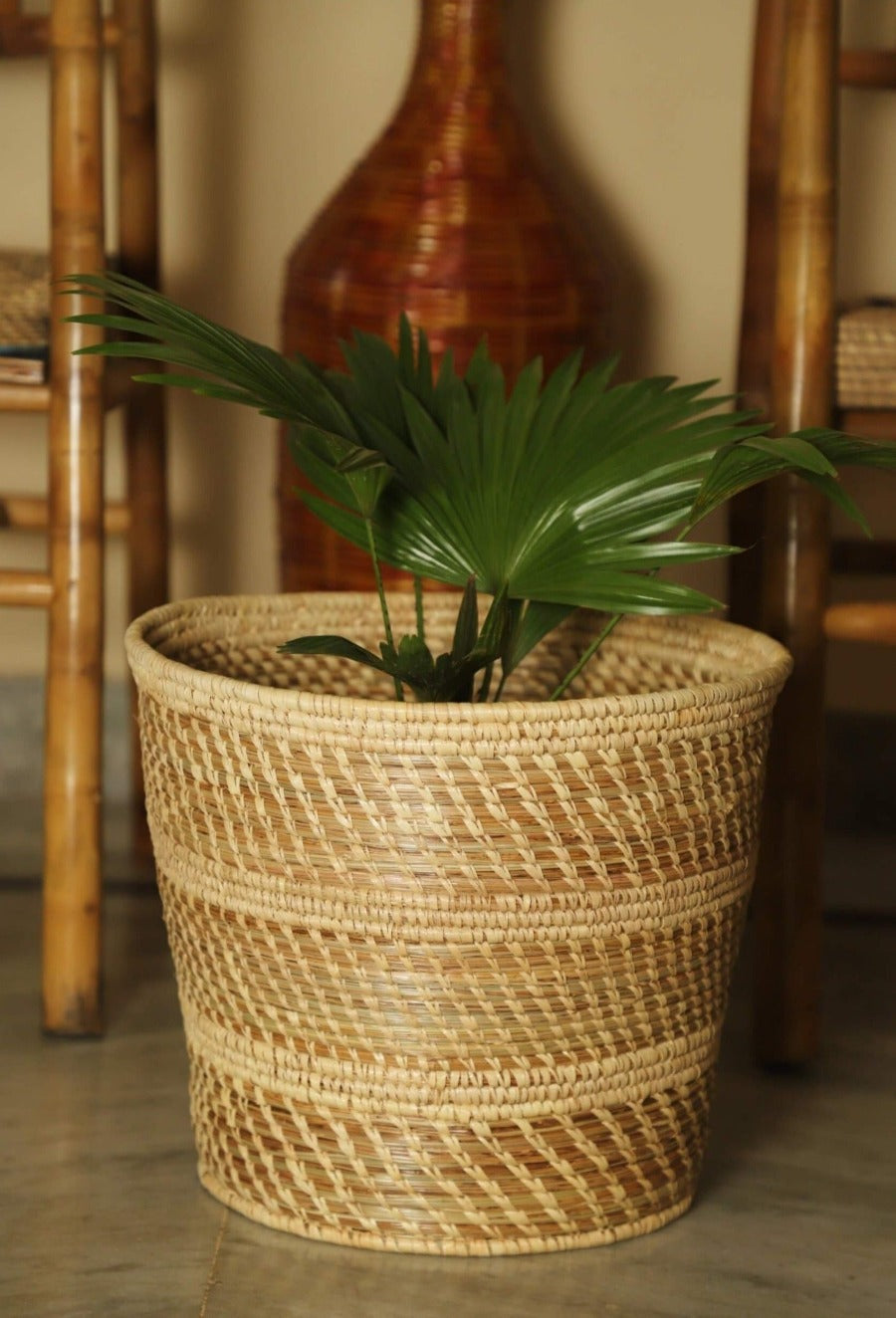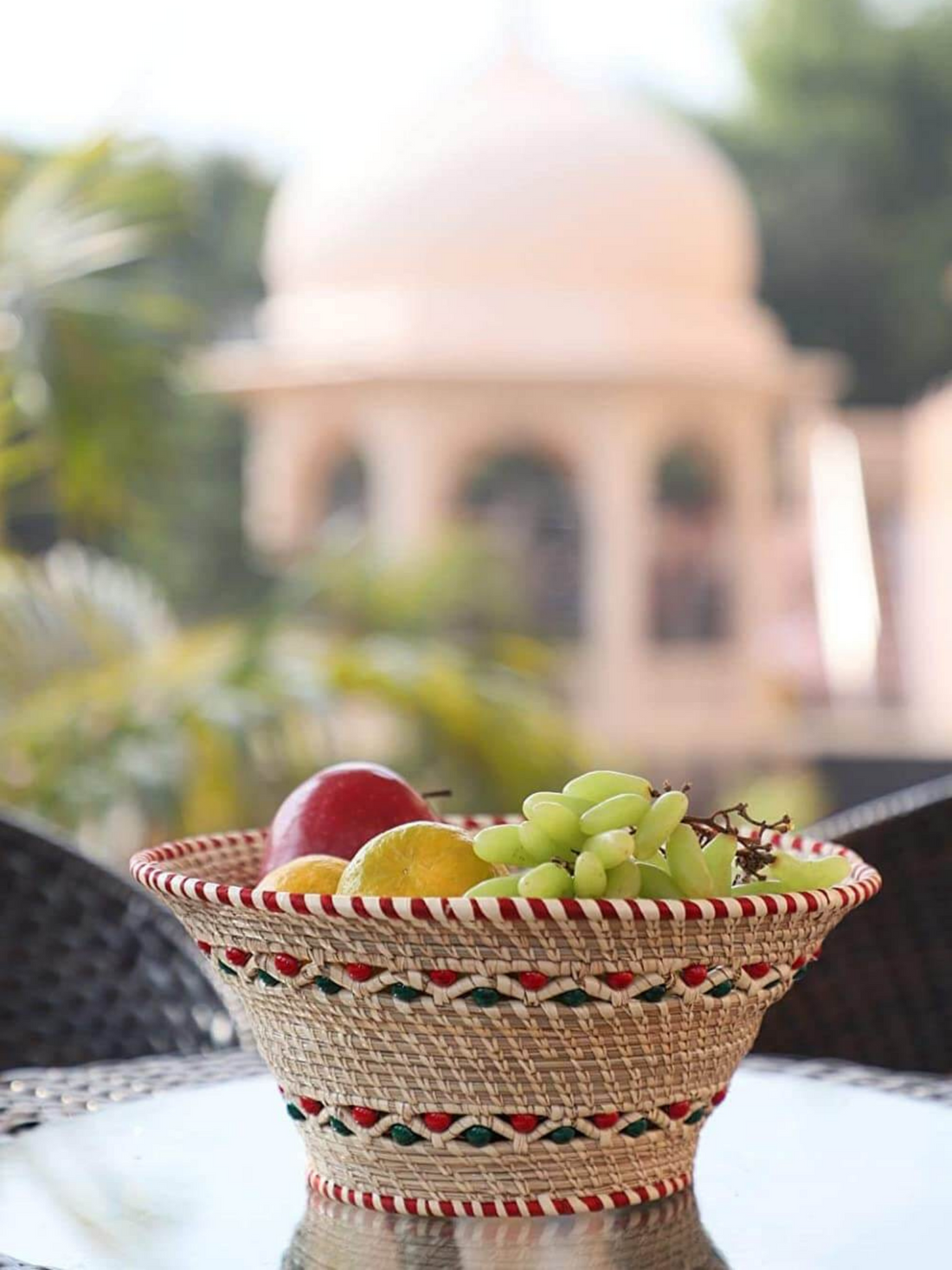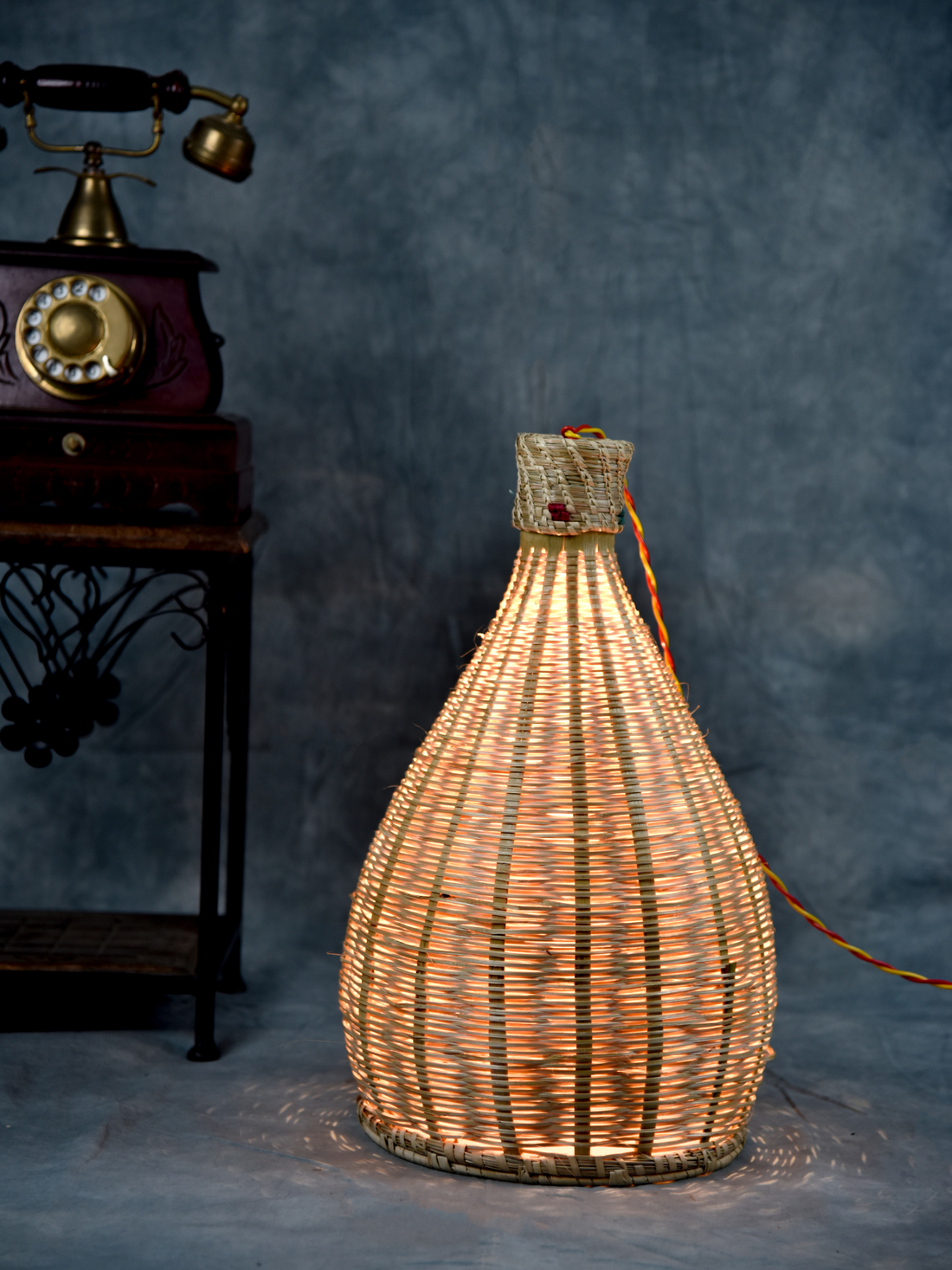
Updates
Why Hand-Embroidered Garments Matter: Understanding The Craft Behind Every Stitch
Why Hand-Embroidered Garments Matter: Understanding The Craft Behind Every Stitch
Every hand-embroidered garment tells a story. It connects generations, communities, and creative minds through needle and thread. The art of traditional embroidery represents centuries of heritage, patience, and skill. In an age of fast fashion, choosing handmade clothing is a conscious decision to honor craftsmanship, sustainability, and culture.
The Timeless Beauty of Hand-Embroidered Garments
Each hand-embroidered garment carries individuality that machines cannot reproduce. Every stitch shows a human touch — precise, creative, and soulful. Unlike factory-made apparel, handmade clothing embraces small irregularities that make each piece unique.
Why it matters:
-
It preserves traditional embroidery techniques passed down through families.
-
It celebrates authenticity in a world of mass-produced fashion.
-
It supports sustainable production without excess waste.
|
Feature |
Hand-Embroidery |
Machine Embroidery |
|
Craftsmanship |
Done by skilled artisans |
Automated by machine |
|
Texture |
Rich and three-dimensional |
Flat and uniform |
|
Time to create |
Days to weeks |
Hours |
|
Emotional value |
High – story in each piece |
Minimal |
Traditional Embroidery: India’s Living Heritage
India is home to over 35 regional embroidery forms, according to the Ministry of Textiles (2023). Each region has its own motifs, colors, and meanings. This diversity keeps the embroidery heritage of India alive.
Examples of Traditional Hand Embroidery in India:
-
Kantha (West Bengal): Running stitches that depict daily life and folklore. It began as a way for rural women to repurpose old sarees and dhotis. Using simple running stitches, they depicted scenes from daily life, nature, and folklore. Each motif carries emotion — from the blooming lotus to mythological characters.
-
Chikankari (Lucknow): Delicate and graceful, Chikankari is one of India’s most refined traditional embroidery styles. Originating in Lucknow, it features intricate white threadwork on fine fabrics like muslin, cotton, or chiffon. The motifs — floral vines, paisleys, and geometric grids — create a soft texture that enhances the fabric’s charm.
-
Phulkari (Punjab): Vibrant floral motifs symbolizing happiness and prosperity. The vibrant Phulkari (“flower work”) of Punjab is filled with joy and symbolism. Traditionally embroidered by women on hand-woven dupattas and shawls, Phulkari uses vivid silk threads to create geometric and floral patterns. It’s often made for weddings, festivals, and special occasions — a visual representation of happiness, prosperity, and womanhood.
-
Kashida (Kashmir): Originating from the valleys of Kashmir, Kashida embroidery reflects the region’s stunning natural beauty — leaves, flowers, and birds. Artisans stitch motifs of chinar leaves, birds, blossoms, and vines using colorful threads on wool, silk, or cotton. The work is delicate yet detailed, often adorning shawls, pherans, and modern garments. Each hand-embroidered garment crafted with Kashida embodies patience, devotion, and artistry.
Other Notable Forms of Traditional Hand Embroidery in India
-
Zardozi (Uttar Pradesh): A royal form of metallic embroidery using gold and silver threads, once favored by Mughal courts.
-
Kutchi (Gujarat): Characterized by mirrors, bright threads, and geometric designs, representing the desert’s vibrancy.
-
Toda Embroidery (Tamil Nadu): A tribal craft of the Nilgiri hills, known for its striking red and black patterns on white fabric.
-
Banjara Embroidery (Andhra & Maharashtra): Richly decorated with mirrors, beads, and bold stitches, celebrating nomadic traditions.
These crafts support thousands of rural artisans, mostly women. By valuing traditional hand embroidery in India, we ensure their livelihood and preserve an irreplaceable legacy.
The Craft Behind Every Stitch: Understanding Thread Art Traditions
Behind every hand-embroidered garment, lies a long creative process rooted in thread art traditions.
Step-by-step craftsmanship:
-
Design ideation: Artists draw motifs inspired by flora, fauna, or folklore.
-
Fabric selection: Choosing natural fibers like silk, cotton, or linen for the base.
-
Thread selection: Using fine silk, cotton, or metallic threads for depth.
-
Stitching: Each piece can involve hundreds of stitches such as satin, chain, or mirror work.
-
Finishing: Final washing, pressing, and quality checks by hand.
This process requires skill and patience. A single embroidered panel may take from two days to several weeks to complete depending on complexity.
Beyond Fashion: The Significance of Hand-Embroidered Garments
The significance of hand-embroidered garments goes far beyond beauty. They align with sustainable fashion and ethical consumer choices.
Why consumers value them today:
-
Sustainability: Low-waste and biodegradable materials.
-
Artisan Empowerment: Provides fair wages and promotes gender equity.
-
Cultural Connection: Keeps India’s traditional identity alive.
-
Heirloom Quality: Durable and timeless — made to last.
A report by UNESCO (2022) notes that supporting hand embroidery can help preserve intangible cultural heritage while boosting rural economies.
Where Heritage Meets Modern Style
Today’s designers merge old and new. They incorporate traditional embroidery into contemporary cuts and silhouettes. Whether it’s hand-embroidered sarees and suits online, jackets, or dresses — modern fashion finds elegance in ancient techniques.
Trending styles:
-
Linen sarees with fine Chikankari motifs
-
Silk kurtas with Phulkari borders
-
Fusion jackets combining Kantha and block printing
Consumers seeking authentic style can explore handcrafted pieces from sustainable labels like Saantha, which blend culture with comfort.
Choosing Authentic Hand-Embroidered Garments
Buying genuine hand-embroidered garments ensures quality and supports artisans. Here’s how to recognize authenticity:
|
Checkpoint |
What to Look For |
|
Stitch consistency |
Slight irregularities indicate handwork |
|
Backside of fabric |
Threads visible — not sealed as in machine embroidery |
|
Labels / Certificates |
Artisan collectives or fair-trade tags |
|
Price point |
True craftsmanship takes time — avoid “too cheap” deals |
Care Tips:
-
Hand-wash gently in mild detergent.
-
Avoid direct sunlight drying.
-
Store in breathable fabric bags.
The Global Rise of Hand-Embroidered Fashion
International designers are now collaborating with Indian artisans to showcase hand-embroidered garments on global runways. The demand for handmade clothing is growing, as consumers value ethical production and originality.
According to McKinsey’s State of Fashion Report (2024), 67% of shoppers prefer garments with artisanal or handmade elements. This shift proves that traditional hand embroidery in India continues to inspire global design narratives.
Why Choose Saantha for Hand-Embroidered Garments
When selecting hand-embroidered garments, quality, authenticity and the artisan story matter. Here’s why Saantha stands out:
-
Authentic Craftsmanship: Every piece from Saantha is stitched by skilled artisans who specialise in traditional embroidery, meaning you’re acquiring genuine handwork—not machine replicas.
-
Curated Selection: Whether you’re browsing hand-embroidered sarees and suits online, or looking for kurta sets with rich thread-work, Saantha offers curated designs that merge classic motifs with contemporary cuts.
-
Ethical & Sustainable: Saantha sources materials with respect for our environment and pays fair wages, supporting the livelihood of craft communities and preserving the embroidery heritage of India.
-
Distinctive Style: When you wear Saantha, you carry clothing that reflects the emotion behind every stitch—celebrating hand-embroidered garments as wearable art.
-
Care & Longevity: With guidance on maintaining your stitched pieces and support from Saantha’s team, your handmade clothing becomes an heirloom rather than a trend-item.
By choosing Saantha, you’re embracing the authenticity of handmade clothing, honouring age-old artisan traditions and investing in a piece that holds story, value and craft.
Conclusion
The beauty of hand-embroidered garments lies in the heart of those who create them. Every stitch connects artistry, sustainability, and history. Choosing handmade clothing means you’re not just buying fabric — you’re carrying a legacy.
When fashion honors the embroidery heritage of India, it strengthens the bond between tradition and innovation. Each thread is a tribute to culture, skill, and human creativity.
FAQs on Hand-Embroidered Garments
Q1. What makes hand-embroidered garments special?
They carry human touch, authenticity, and unique craftsmanship that no machine can replicate.
Q2. How is traditional hand embroidery done in India?
Artisans use fine needles and threads to create patterns inspired by nature and folklore, entirely by hand.
Q3. Why is handmade clothing considered sustainable?
It reduces waste, uses natural materials, and supports local artisan economies.
Q4. Which Indian states are known for embroidery?
Uttar Pradesh (Chikankari), Punjab (Phulkari), Gujarat (Kutchi), and West Bengal (Kantha) are some of the most recognized.
Q5. How can I care for hand-embroidered sarees and suits?
Hand-wash them carefully, avoid bleach, and store in muslin fabric covers.






